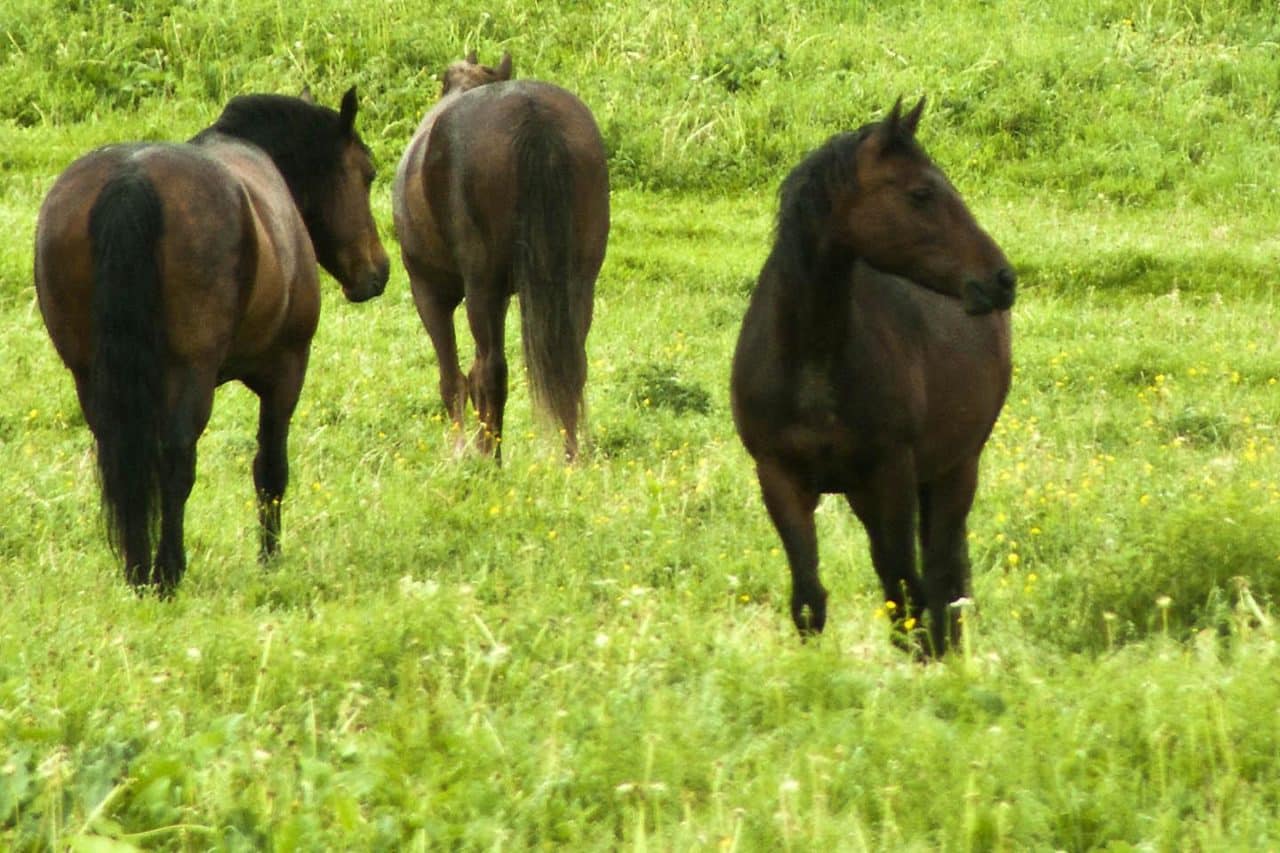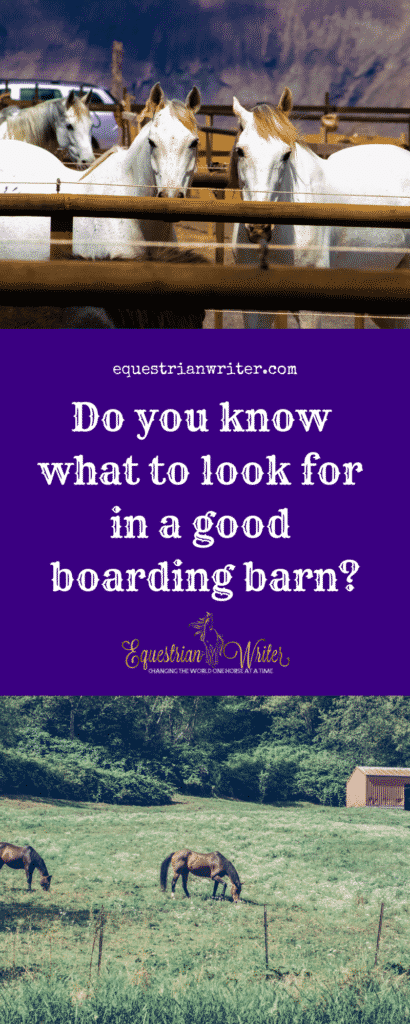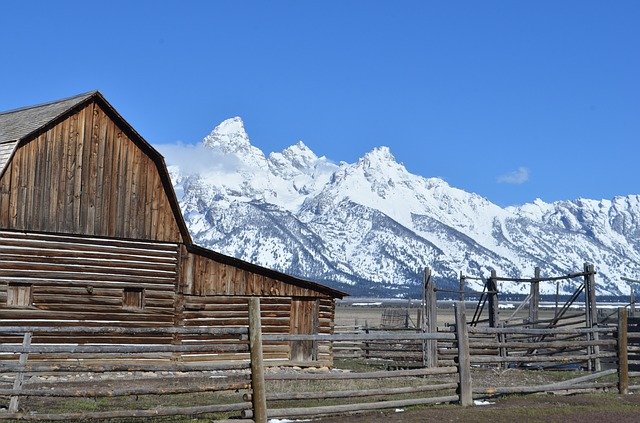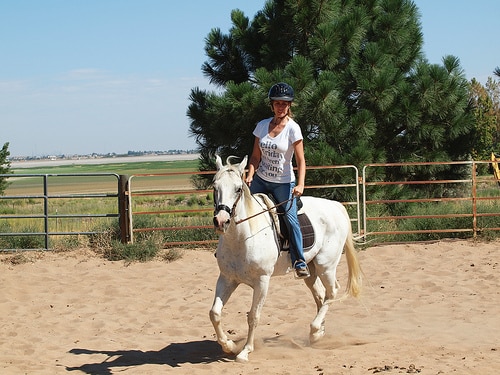

We’ve already discussed the common types of boarding available in many areas, but choosing what type of boarding is best for your horse is only the beginning of the process. You shouldn’t just go find the nearest boarding barn that offers your preferred type of boarding and move in. Vetting a boarding barn is a process that takes research and fieldwork.
Researching Local Boarding Facilities
The beginning of the research process starts on the internet. Most boarding barns will have some sort of online presence. Bigger barns may have a fancy website. Smaller barns can have a basic one page website or even just a facebook page. Just because the barn doesn’t have a fancy website doesn’t mean they aren’t a good facility. They just don’t have the time or money to invest in a fancy website. A nice website take both a monetary and significant time investment to develop.
If the barn does not have a significant online presence, you will have to do some legwork to find the information. This often means tracking down an email or phone number to contact them and gather information. Failing that, you may need to visit the barn in person, although I advise this as a last resort as many barns may see an unannounced visit as a distraction. Simply ask if they have a business card so you can email them a few questions about their services that they can answer at their convenience.
Don’t ask all your questions on your visit if they do not volunteer to answer questions. Some may volunteer to answer questions on the spot if they are not too busy. If they are rude and get angry about your polite request for a business card so you can email them at a later date, politely walk away and cross them off your list.
Related Content: What is the difference between full board and partial board?
What information should I be looking for?
1. Price
You should already have your budget figured out. Make a list of all the local barns within your price range. Don’t fall prey to the temptation of going over budget for a bunch of extra amenities you don’t need.
2. Living conditions
First and foremost once you’ve made your list of barns, you should be checking out living conditions. You can’t check everything online, but most barns with an online presence have pictures. Study those pictures closely. They will tell you a lot. Every barn needs, at barn minimum:
- adequate shelter for pastures and turnouts
- pasture boarded horses should not just have trees as shelter from rain and snow
- hay and water sources in pastures should be mud free and protected from the elements
- well maintained fences, shelters, and barns
- aisleways of barns should be clean and uncluttered
- Feed should be properly stored in rodent proof containers
- hay properly stored in a building separate from the main barn
3. Amenities
Make a list of amenities you are looking for. Break that list down into “wants” and “needs.”
No matter what type of boarding facility you are at, these amenities need to be available to all boarders.
- a quarantine area for new horses and sick horses
- stalls or small enclosures available for pasture boarded horses in case of a medical emergency requiring veterinary ordered stall rest
- turnout available for all horses, even if it is limited or costs extra for stall boarded horses
- a place to store tack, basic grooming supplies, and a blanket or two
- a tack room that is clean and clutter free with tack properly stored and separate spaces for client tack so everyone’s tack doesn’t get all mixed up
There are amenities that may fall into your “wants” category when you are making your list depending on your discipline and riding goals. If you are showing or trail riding, some of these might be needs, but that all depends on your situation. These include, but may not be limited to:
- one or more arenas (regulation dressage, reining, rodeo, jumping, general purpose, depending on your discipline)
- round pen
- lessons (again, discipline depends on your riding goals)
- access to trails without trailering
- within trailering distance to trails
- trailer parking
- storage for the boarder’s own hay and feed
- group appointments with the barn’s vet or farrier (with a discount depending on how many people there are in the group)
- group appointments for other equine professionals such as massage therapists, chiropractor, acupuncture, etc with group discounts
- pay a small fee to have someone from the barn supervise appointments with your own outside vet, farrier, or other equine professional
- paid trailering services to and from horse shows
- guided group trail rides
4. Prioritize
Once you have a list of boarding barns in your price range that meet the standards of good living conditions and have all necessary amenities, you can take the list of optional amenities and begin prioritizing them. No one boarding barn will have everything. The tighter your budget, the less optional amenities you will have.
It’s important to remember to put the quality of your horse’s care first. Never sacrifice good living conditions for extra arena space or more lesson options. Also never go over your budget for a big fancy barn with all kinds of amenities even if those amenities are sold to you under the guise of providing your horse better care. Steep group discounts on acupuncture, massage therapy, holistic medicine, and the fanciest, most expensive feed on the market won’t do your horse a lick of good if you go broke 6 months in and have to either sell the horse or move to the cheapest, most run down barn you can find. Fancier isn’t always better. Sometimes going with the middle of the road is safest.
What should I do once I gather all the information?
Once you’ve done your research, it is time to schedule a visit to the barn. It is important to schedule a time to visit rather than showing up unannounced as it shows a level of professionalism and respect for the barn owner or manager’s time. During the visit, ask questions without being confrontational. Take along the information you have gathered from your research and confirm that everything is accurate. Correct any inaccuracies as you go. Talk to current boards without the barn owner or manager present if you can to get a sense of their opinion of the care provided by the barn.
Check Out the Barn Culture
Here is one so many people miss. The culture of the barn has a huge impact on your experience. If you aren’t a serious show rider, stay away from a show barn. Serious show riders, stay away from a trail rider only barn. Male riders, stay away from female only barns. Female riders, stay away from male-only barns. Western riders, stay away from English-only barns. English riders, stay away from western-only barns. But, heaven help you if you dare to ride both English and western–or dressage and western in my case. This is why I’m screwed if I ever have to board anywhere other than my parent’s farm. The age old English-western feud is still going strong and how dare anyone cross the line between the two.
Don’t believe a manger or owner who tries to assure you “oh, it’s ok we accept anyone.” Sure, they will take anyone’s money, but that doesn’t mean you won’t be excluded. Horse people are cliquey. It’s high school on steroids. These generations old feuds that are so ingrained into the equestrian community that they become second nature. Many of us are trying to get over it. But, frankly, humans are almost as much herd animals as horses. We stick together in our little circles of comfort and we certainly don’t like change. Find a barn with a culture that is the best fit for your riding goals and experience.









